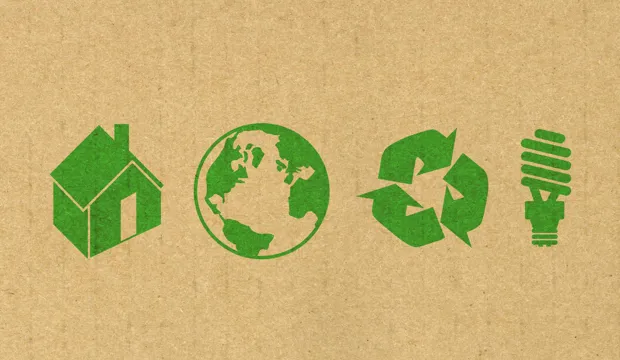
What is a circular economy?
Learn about the difference between a circular economy and a linear economy in this free activity.
In this thought-provoking activity, students will develop their understanding of two conceptual approaches to environmental issues: the linear economy and the circular economy.
Activity: What is a circular economy
Here is an activity that you can do with your class to help them learn about green activities and the circular economy:
- Ask the class to brainstorm a list of green activities. This can be done as a whole-class activity, or you can divide the class into small groups.
- Have students write their ideas on coloured sticky notes.
- Once everyone has had a chance to contribute, have students organise their sticky notes into two categories: activities that extend the amount of time before resources run out and activities that allow us to continue indefinitely (sustainable activities).
- Discuss the different categories of green activities with the class. Explain that restricting the use of resources is a way to extend the amount of time before resources run out, but more is needed to solve the problem. True sustainable activities, such as recycling, can help us to create a circular economy where resources are used and reused indefinitely.
- Emphasise the importance of the circular economy and how it is a more positive and sustainable way to manage our resources.
How long will this activity take to complete?
This quick activity will take about 15 minutes to complete. Teachers can download the activity sheet below for a detailed lesson plan and fun extension activities for students.
What is a circular economy?
A circular economy is an economic system that aims to eliminate waste and pollution by keeping products and materials in use for as long as possible. It is based on the principles of designing out waste and pollution, keeping products and materials in use, and regenerating natural systems.
The circular economy offers a more sustainable alternative to the linear economy. It can help to reduce waste, pollution, and the consumption of natural resources. It can also create jobs and boost the economy.
What is a linear economy?
A linear economy is an economic system that extracts resources from the environment, converts them into products, and then disposes of them as waste. It is a one-way system that does not take into account the finite nature of resources or the environmental impacts of production and disposal.
The linear economy is the dominant economic system in the world today. It is based on the idea that resources are limitless and that waste is a necessary byproduct of production.
Suggested learning outcomes
By the end of this activity, students will be able to understand, in terms of environmental impact, what is meant by a linear economy and a circular economy.
Download the free activity sheet below!
All activity sheets and supporting resources are free to download, and all the documents are fully editable so that you can tailor them to your students and your schools' needs.
The activity sheet includes teacher notes, guidance, helpful web links, and links (where appropriate) to the national curriculum in the four devolved UK nations: England, Northern Ireland, Scotland and Wales.
Please share your classroom learning highlights with us @IETeducation



